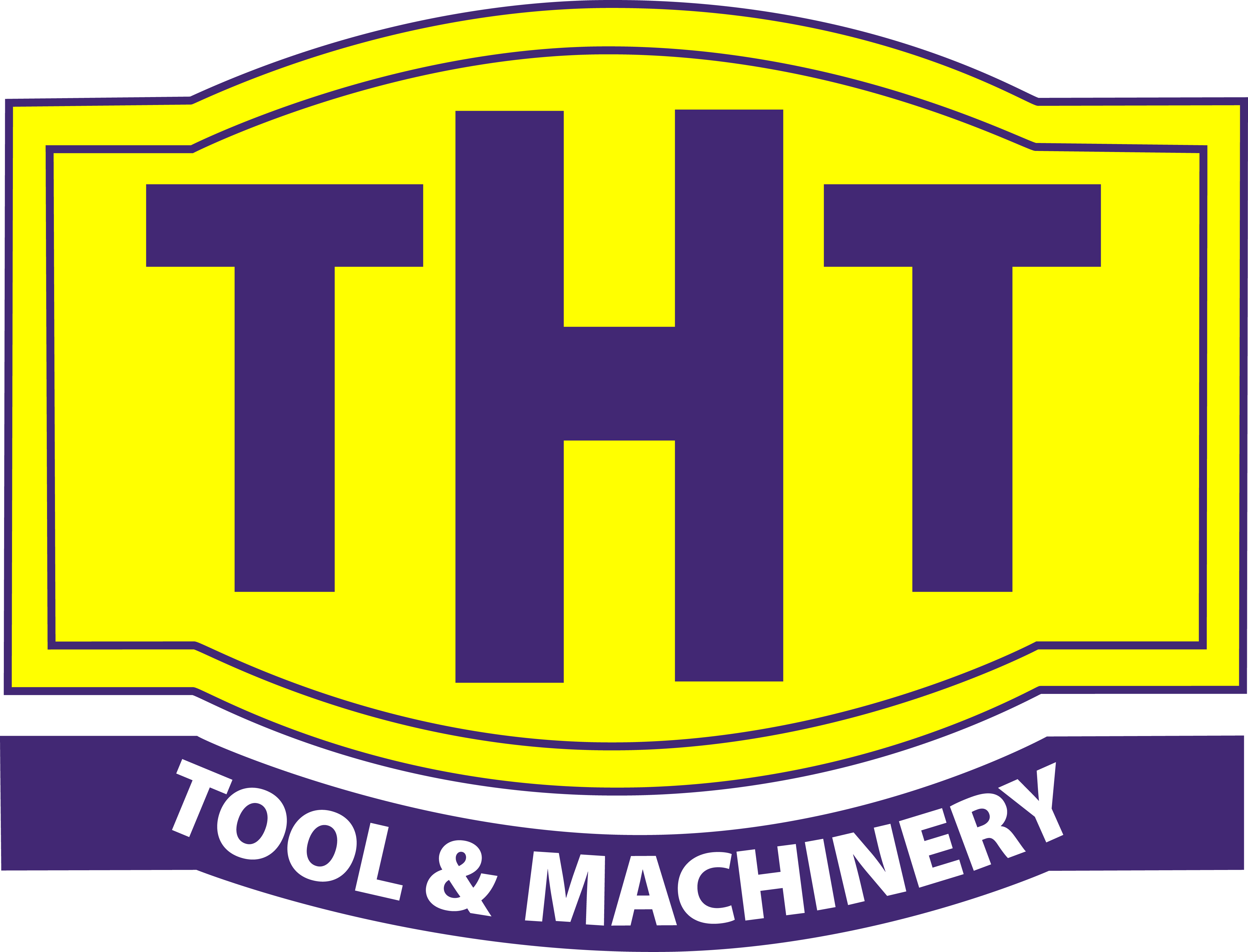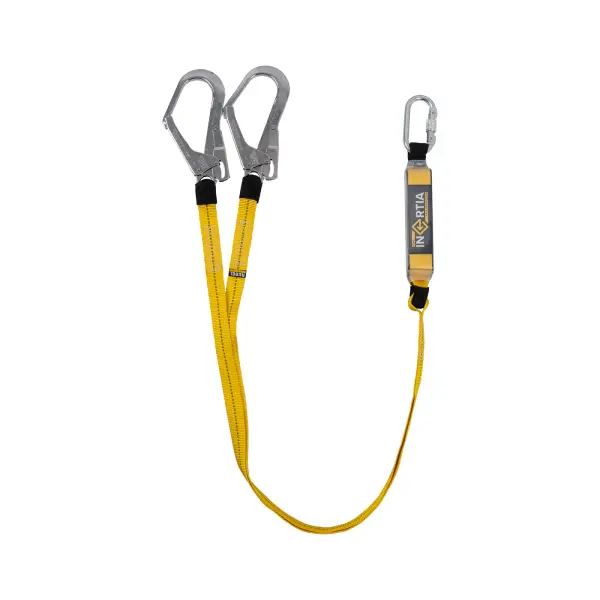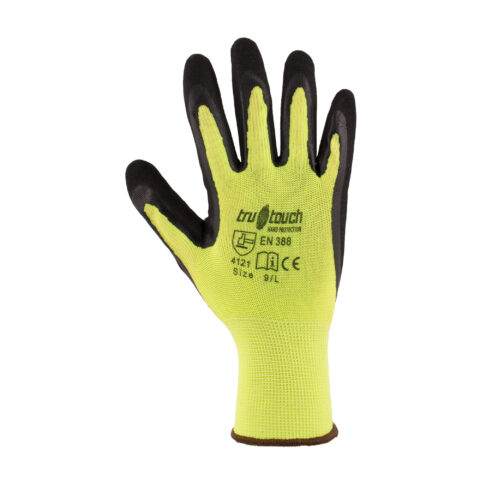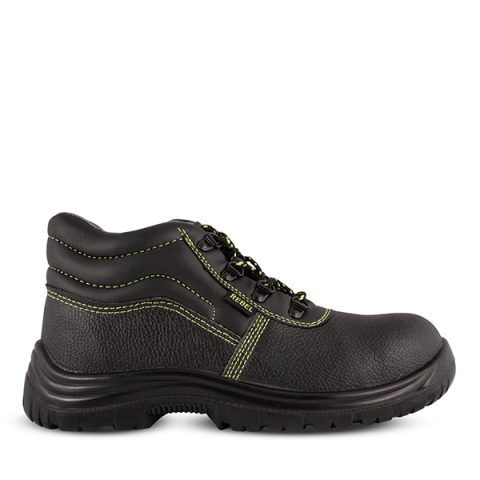The REBEL Inertia Double Lanyard is a vital piece of fall protection equipment designed to keep workers safe when working at heights. Here’s a breakdown of its key features and purpose:
What it is:
A double lanyard used as part of a fall arrest system.
It connects a worker’s safety harness to an anchor point.
The “double” design means it has two lanyards, allowing the worker to remain connected while moving between different anchor points.
Why it’s important:
Fall Arrest: In the event of a fall, the lanyard, in conjunction with a safety harness, is designed to arrest the fall, preventing the worker from hitting the ground or other obstacles.
Continuous Connection: The double lanyard design allows workers to maintain a 100% tie-off, meaning they are always connected to a secure anchor point, even when moving. This is crucial for tasks where workers need to move around at height.
Key Features:
Inertia shock absorber: Incorporates an energy-absorbing element (often a tear-away pack) that deploys in a fall, dissipating the force of the fall and reducing the impact on the worker’s body.
Two lanyards (legs): Each lanyard leg has a connector (usually a carabiner or hook) for attachment to an anchor point.
Durable materials: Made from strong webbing (typically nylon or polyester) and robust metal connectors.
Certified to relevant safety standards: Meets or exceeds industry safety standards (e.g., EN 354, EN 355, EN 362 in Europe).
Length: Typically around 1.5-2 meters in length, but this can vary.
How it works:
Harness Connection: The lanyard is attached to the worker’s safety harness, usually at the dorsal (back) attachment point or sternal (chest) attachment point.
Anchor Point Connection: Each leg of the double lanyard is connected to a separate anchor point.
Movement: The worker can move between anchor points, keeping one leg connected at all times.
Fall Arrest: In a fall, the shock absorber deploys, reducing the force of the fall. The lanyard also prevents the worker from falling freely to the ground.
Important Notes:
Use with a full body harness: A double lanyard must always be used with a full body safety harness.
Proper Training: Workers must be trained on how to correctly use the lanyard and inspect it before each use.
Regular Inspection: Lanyards should be regularly inspected for damage and wear and tear.
Compatibility: Ensure the lanyard is compatible with the harness and anchor points being used.









